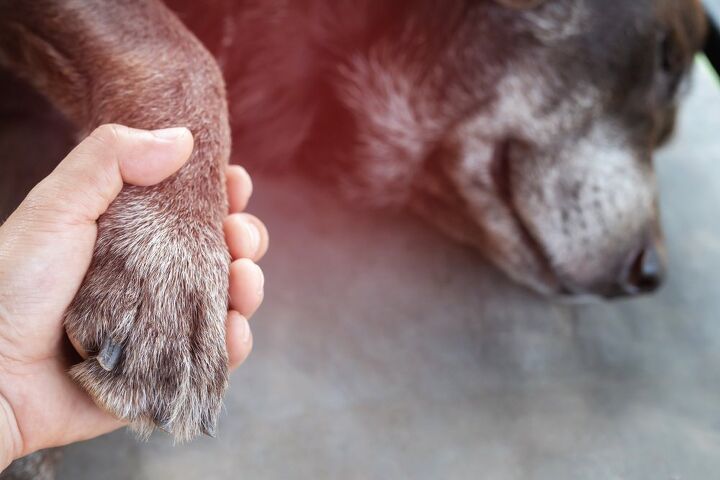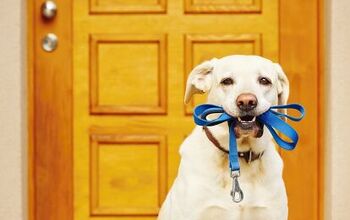How to Read Your Dog’s Vital Signs

Regardless of age, breed or health, it’s important to know how to quickly and accurately check your dog’s vital signs. Equally important, is that you not only take, but record those vital signs today – while he’s healthy, relaxed and resting. This will become your benchmark and help you determine when rapid breathing or an accelerated heart rate is normal or cause for concern.
Let’s look at how to read and measure his respiration, heart rate, temperature and hydration.
Related: What You Need To Know About Heat Stroke In Dogs
Respiration Rate:
Typically, dogs take an average of 24 breaths per minute when resting. But that’s just an average. Larger dogs breathe more slowly and smaller dogs more quickly. So, breaths per minute can range from a low of 10 to a high of 35.
- Using a stopwatch or clock with second hand, count the number of times your dog’s chest rises and falls over the space of 30 seconds. Each rise/fall, counts as one breath. If not easily visible, place your hand on his chest, as you count.
- Repeat this three times to ensure an accurate reading. Double it, and you have his breathing rate per minute.
Each breath should be quiet (unless he’s a brachycephalic breed). If it’s fast without reason (recent exercise or stressor) it could be a health problem that needs to be checked out by your vet
Related: Why Do Dogs Circle Before They Lie Down?
Heart Rate:
Just like respiration, heart rates vary by size. A puppy or small breed will land in the range of 90 to 160 beats per minute. In larger dogs, this drops to between 65 and 90 beats. Know what’s normal for your own dog.
- To feel your dog’s heartbeat, place one hand over his left side, just behind his front leg. If you’re having trouble, try the inside top of his hind leg by the femoral artery.
- Using a stopwatch or clock with second hand, count the number of beats over the space of 30 seconds.
- Repeat this step three times to ensure an accurate reading. Double it, and you have his heart beats per minute (bpm).
Dog’s that are excited or recently exercised will naturally have a faster heart rate. If you think its racing, compare it to his usual resting rate and if it remains higher, consult your vet.
Temperature:
A healthy adult dog has a temperature of between 100 and 102.5-degree Fahrenheit (38 to 39 degrees Celsius). As with humans, a spike or drop in temperature can indicate something’s wrong.
- An infrared digital thermometer is easiest. Just place inside your dog’s ear and you’ll have an accurate reading in seconds.
- For a rectal thermometer, apply petroleum jelly to the tip and insert between 1/2-inch to 2-inches into the dog’s rectum – depending on his size. Keep him standing and leave it in place for two minutes for an accurate reading.
An above normal temperature over an extended period of time can be a sign of illness or over-heating. Lower than normal can be a sign of hypothermia. If either condition persists, speak with your vet.
Hydration Levels
Dehydration is life-threatening so you need to be diligent in checking for signs. Particularly during warmer weather, lengthy exercise sessions or bouts of illness that have caused vomiting and diarrhea.
- If his gums are wet, his hydration level is good. If they’re dry or tacky, he’s becoming dehydrated and a bowl of water should be sufficient.
- Do a quick capillary refill check. Gently press your finger against his gums, then remove. If the white pressure point quickly returns to pink, he’s hydrated. If it takes a while, he’s dehydrated.
- Do the scruff test by pinching a small section of skin on his back. If it doesn’t fall quickly back into place, his dehydration level is becoming severe and he needs medical attention.
Dehydrating pets often lose their appetite and refuse to drink. This results in a loss of electrolytes and potential organ failure so immediately involve your vet in choosing the right electrolyte replacement fluid.

Sharing space with three seriously judgy Schnoodles and a feline who prefers to be left alone. #LivingMyBestLife
More by Mary Simpson























